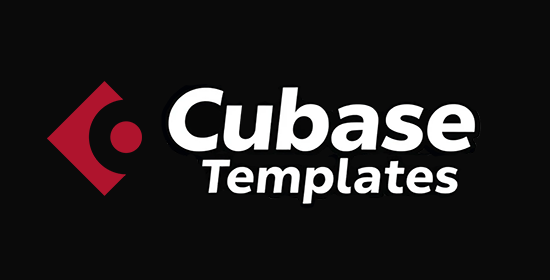Steinberg Cubase is a digital audio workstation (DAW) software that has become a staple in the music
production industry. It has been a go-to software for musicians, producers, and engineers for over three
decades. The software has undergone various updates and changes over the years, but its core features
have remained the same. This article will take a look at the history of Steinberg Cubase software.
Steinberg was founded in 1984 by Karl Steinberg and Manfred Rürup in Hamburg, Germany. They initially
developed software for the Commodore 64, but later transitioned to the Atari ST platform, which was
popular with musicians due to its built-in MIDI capabilities. In 1989, Steinberg released their first version
of Cubase, initially called Cubeat, for the Atari ST platform.
Cubase was revolutionary in that it was one of the first MIDI sequencing programs that offered a graphic
user interface, making it easy to use and accessible to a wider audience. The software quickly gained
popularity among musicians and producers, and in 1991, Steinberg released Cubase Audio which added
support for digital audio recording and playback.
In the years that followed, Steinberg continued to improve and expand the capabilities of Cubase.
- In 1996, they released Cubase VST (Virtual Studio Technology), which allowed for the use of virtual
instruments and effects. This was a significant development in the music production industry, as it
allowed musicians to create and manipulate sounds within their computer, rather than relying on
external hardware.Steinberg continued to innovate with Cubase, releasing new versions and adding new features.
- In 2002, they released Cubase SX, which introduced a new audio engine and support for VSTi 2.0
virtual instruments. This version also added support for Mac OS X, which was gaining popularity at the time.
- In 2017, Steinberg released Cubase 9.5, which included
new virtual instruments and effects, as well as improvements to the user interface and workflow.
- In 2018, Steinberg released Cubase 10, which added new features such as VariAudio 3 for more advanced
audio editing and enhancements to the MixConsole.
The software also included improvements to the workflow, making it easier to use and more intuitive.
- In 2019, Steinberg released Cubase 10.5, which added new features such as Spectral Comparison EQ
for advanced audio processing and improved support for MIDI Polyphonic Expression (MPE), which allows
for more expressive control of MIDI instruments.
- In 2020, Steinberg released Cubase 11, which introduced new features such as Scale Assistant for easy
and accurate MIDI note editing, a new sampler instrument called Sampler Track 2, and improvements to the
audio engine for better performance and stability.
Throughout its history, Cubase has also seen several iterations of its user interface, with each version introducing
new design elements and improving usability. The software has also expanded its compatibility, adding support for
Windows and macOS platforms, as well as various audio interfaces and control surfaces.
In addition to the core Cubase software, Steinberg has also released various versions and editions of the software
to cater to different needs and budgets. For example, Cubase Elements is a streamlined version of the software
designed for beginners and those on a budget, while Cubase Pro is the full-featured version
Over the years, Cubase has remained a popular choice for musicians, producers, and engineers.
Steinberg has continued to update the software with new features and improvements, keeping up with the
changing needs of the music production industry.
Today, Cubase is used by professionals and hobbyists alike, and it remains one of the most popular DAW software
options on the market.
Steinberg has continued to innovate and improve the software, making it an essential tool for music production.
